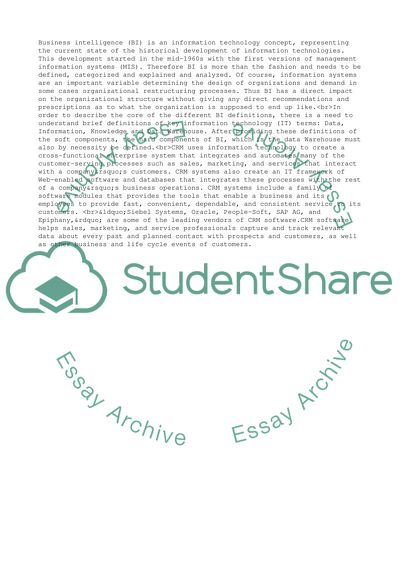Cite this document
(Enterprise Resource Planning Implementation Methodologies Coursework, n.d.)
Enterprise Resource Planning Implementation Methodologies Coursework. Retrieved from https://studentshare.org/management/1632571-enterprise-resource-planning
Enterprise Resource Planning Implementation Methodologies Coursework. Retrieved from https://studentshare.org/management/1632571-enterprise-resource-planning
(Enterprise Resource Planning Implementation Methodologies Coursework)
Enterprise Resource Planning Implementation Methodologies Coursework. https://studentshare.org/management/1632571-enterprise-resource-planning.
Enterprise Resource Planning Implementation Methodologies Coursework. https://studentshare.org/management/1632571-enterprise-resource-planning.
“Enterprise Resource Planning Implementation Methodologies Coursework”, n.d. https://studentshare.org/management/1632571-enterprise-resource-planning.


